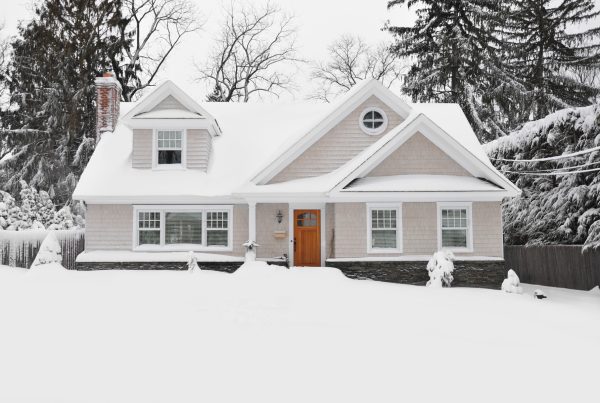As the bone-chilling temperatures persist, Central Illinois residents are taking shelter while winter further tightens its grip. While the snow-covered scenery may be picturesque, the extreme cold poses a significant threat to our homes, particularly our plumbing. In this blog post, we will explore the hazards of freezing pipes, provide advice on preventing bursts, and dispel common misconceptions that could leave you in hot water (or rather, cold water).
The Dangers of Freezing Pipes:
When temperatures plummet below zero, your pipes become vulnerable to freezing. Water expands as it freezes, putting immense pressure on the walls of the pipes. If the pressure becomes too much for the pipes to handle, they can burst, leading to significant water damage in your home. Burst pipes can result in costly repairs, ruined belongings, and a major inconvenience during an already challenging season.
Tips to Avoid Freezing Pipes:
Insulate, Insulate, Insulate:
Ensure that pipes in vulnerable areas are properly insulated. This includes attics, basements, crawl spaces, and any exposed pipes. Pipe insulation sleeves or heat tape can be valuable tools in protecting your plumbing.
Seal Gaps and Cracks:
Cold air can enter your home through gaps and cracks, increasing the risk of frozen pipes. Seal any openings in walls, windows, and doors to keep the cold out and the warmth in.
Let Faucets Drip:
Allowing faucets to drip can relieve pressure within the pipes, reducing the risk of freezing. This is particularly helpful during extremely cold nights.
Keep Interior Doors Open:
Promote even heating throughout your home by keeping interior doors open. This ensures that warm air reaches all areas, preventing isolated cold spots.
Plan for Vacancies:
If you plan on being away during a cold spell, set your thermostat to a moderate temperature to prevent freezing. Ask a neighbor or friend to check on your home if possible.
Common Misconceptions:
“I only need to worry about older homes.”
False! While older homes might have a higher risk due to outdated insulation, even newer homes can experience frozen pipes. Proper insulation and preventive measures are crucial for all households.
“Turning up the thermostat is enough.”
Not necessarily. While maintaining a warm indoor temperature helps, it’s essential to pay attention to areas with poor insulation, such as attics, basements, and crawl spaces. These areas are more susceptible to freezing.
“My pipes won’t freeze if I leave the tap running.”
Partially true, but not foolproof. Running a small stream of water can help prevent freezing, but it’s not a guarantee. It’s better to combine this with other preventive measures, such as insulation and sealing gaps.
Safeguarding your home against the perils of freezing pipes during the relentless temps of winter is not just a matter of comfort but a crucial aspect of protecting your property. The hazards of burst pipes can lead to extensive damage and financial strain, making preventive actions imperative for homeowners across various regions. By insulating vulnerable pipes, sealing gaps, and adopting thoughtful measures like allowing faucets to drip, you fortify your defense against the winter cold. Remember, dispelling common misconceptions is key—whether in an older or newer home, proper precautions are universally essential. As winter persists, staying proactive and informed ensures that you can navigate the challenges of the season with resilience and peace of mind.









